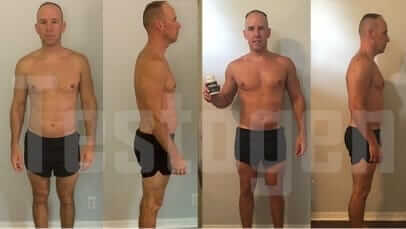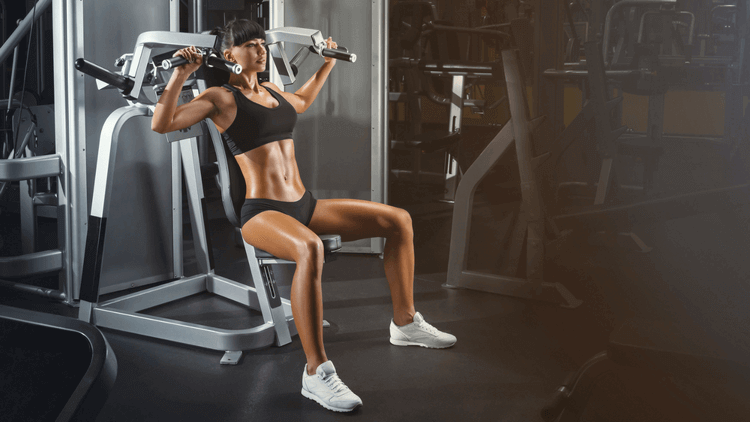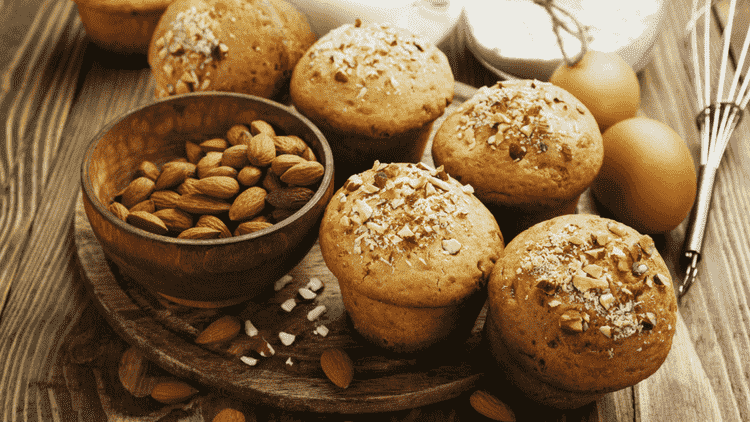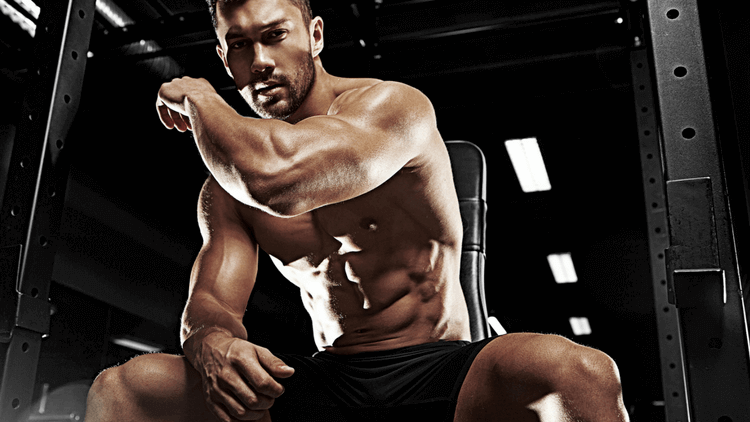Squats are a key move in any weight training routine. They’re one of the three “big lifts.” You can build a whole training session around them. They’re even the subject of memes and motivational quotes. So, get squatting with our 101 guide to the perfect squat!
Here’s everything you need to know about how, why, and when to squat.
What defines a squat?
The most common type of squat you’ll see in a gym is a barbell squat, with a loaded bar across the back, starting from a standing position, squatting down, and standing back up again.
But there are plenty of squat variations, from the bodyweight squat (with no added weight) and the front squat (with the weight in front of you), to the goblet squat and more.
One thing every type of squat has in common is that it’s a full-body, multi-joint movement. Although squats work your legs and butt, they also work your back, core, and almost every muscle group!
That’s why they’re so important. Squats built strength, confidence, and metabolic rate!
Why should you squat?
When done properly, squats look pretty cool and show the world (or the gym, anyway) that you mean business. But there are more important reasons to squat.
Squats mimic important movement patterns that our bodies do in everyday life: Sitting and standing. Think about how toddlers squat down to the floor instead of bending. Learning to squat in the gym reminds our bodies of that early, fundamental movement knowledge.
Gym squats will actually help you get better at everyday movements like sitting, standing, moving heavy objects, clearing the garden, or simply avoiding injury as you get older.
A squat is a compound movement. Unlike, say, a bicep curl, which is an isolation movement, squats use lots of muscle groups and multiple joints. You’ll mainly use your hips and knees, but your ankles, toes, shoulders, elbows, wrists, and spine will all get involved as well. Every part of your body works hard during a squat, even if you just do a bodyweight squat!
Types of squat
Bodyweight squat
Standing in place and doing a squat with no added weight
Barbell back squat
With a loaded barbell across your upper back
Barbell front squat
With a loaded barbell across the front of your chest
Paused squat
Any kind of squat where you pause at the bottom for more time under tension
Box squat
Squatting down to a box or bench to teach proper depth and a slight pause
Sumo squat
Squatting with a wider-than-usual stance
Zercher squat
With a barbell held in front of you in the crook of your arms
Goblet squat
With a kettlebell or dumbbell held in front of you at chest height
Overhead squat
With a bar held overhead with straight arms
Pistol squat
One-legged squat without holding on to anything
Split squat
One-legged squat with the back leg up on a bench or box
Plyometric squat
Bodyweight squats incorporating movement, like jumping squats
How to do the perfect squat
Let’s focus on the barbell back squat, because that’s the most popular squat variation, and the one you would use if you wanted to start powerlifting.
Set up the barbell at the correct height in the squat rack. When you stand underneath it, the bar should rest on your upper back, not on your neck. If in doubt, have it slightly too low. Too high means you’ll have to stand on your toes to get the bar off the hooks – not ideal once you start adding weight!
Facing the bar, take hold of it with both hands in a wide grip. Step forward and duck underneath the bar, then stand so the bar is in the correct place across your back – but don’t lift the bar up yet.
Position your hands correctly (wider than your shoulders, and so you can push your elbows forwards and keep your wrists straight during your squat). Use a thumbless grip (with cupped hands).
Position your feet slightly wider than hip-width apart, and level.
Now push up so that the bar lifts off the hooks. Walk the bar out with a 3-step movement – back with one foot, back with the other foot, and then out with the first foot to set your ideal width. Your feet should be wider than hip-width apart, level, and with the toes pointed slightly outwards.
Lift your head and chest, take a breath in, and think about pulling the bar into your back (it won’t bend, of course, but this is how you should imagine it).
Break at your hips first, sitting back and down (imagine you’re sitting on one of those tiny chairs at kindergarten!). Keep your head up, looking straight ahead or at the floor about 5 feet in front of you. The aim is to keep your head, neck, and spine straight.
Your knees will bend automatically. Don’t worry about your knees going over your feet – contrary to old wives’ tales, this is not only okay but might actually be necessary. (Think about your knees when you climb the stairs – they probably go out over your feet, right?) But your knees should always track your toes – that is, they should always go in the same angle and direction. Think about pressing your knees outwards to stop them collapsing inwards.
Ideally, you should stop your squat at just below parallel – when your hip crease is just below your knee crease. But everybody’s biomechanics are different. The important thing is to feel the squat working your muscles and keep those muscles engaged. Don’t cheat yourself by squatting too high, but don’t feel you have to go too low, either. That stuff only matters in a powerlifting competition.
Push up to standing again by pushing through your heels, pressing your knees outwards, and keeping your chest high. Exhale as you press back up. Keep your leg and butt muscles engaged the whole way through.
You can now do more reps, or rack the bar by stepping carefully forwards and putting the bar into the hooks safely before ducking under and stepping back.
What to work on for your perfect squat
Everybody is different (literally – every body is built differently). The length of your femur will affect your squat, as will any mobility issues or past injuries. That’s why it’s great that there are so many squat variations to choose from. You don’t have to barbell back squat! Goblet squats are awesome. Bodyweight squats are great. Personally, I love a front squat with a bar. Everyone is different.
You can’t work on your bone length or body dimensions, but you can work on mobility. For most people, it’s not hips or knees that affect their squat. It’s actually ankles, shoulders, or wrists.
Just remember that if your squat looks different to someone else’s, it doesn’t mean you’re doing it wrong. It just means that you’re two different people. But you should definitely get an expert to teach you and to check your form from time to time. It’s easy to get lazy with squatting!
I hope this 101 guide to squatting has got you excited about learning this awesome exercise. Have fun and enjoy the gainz!






